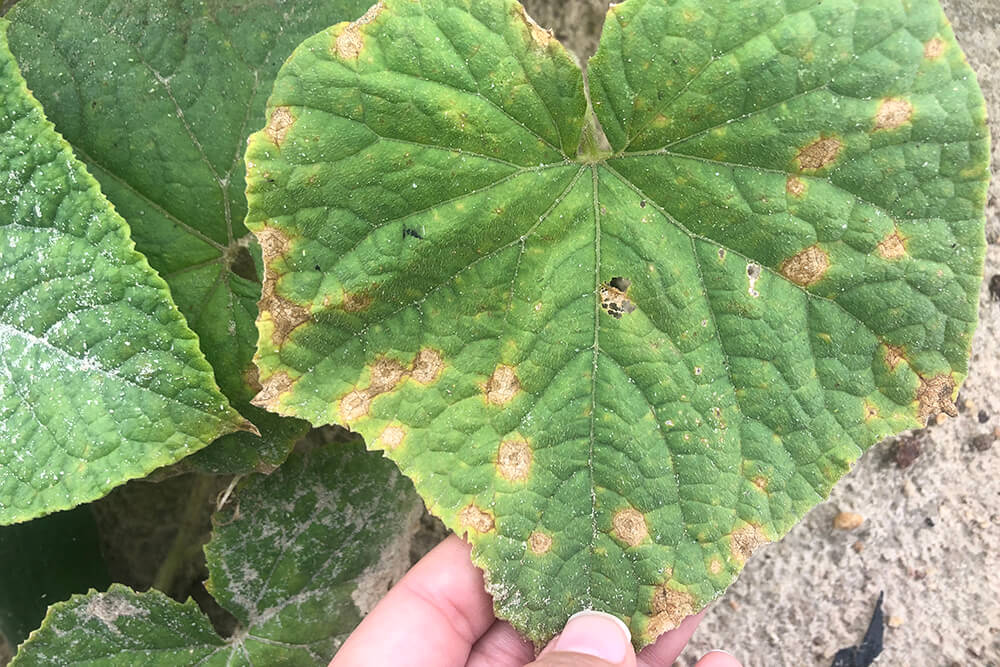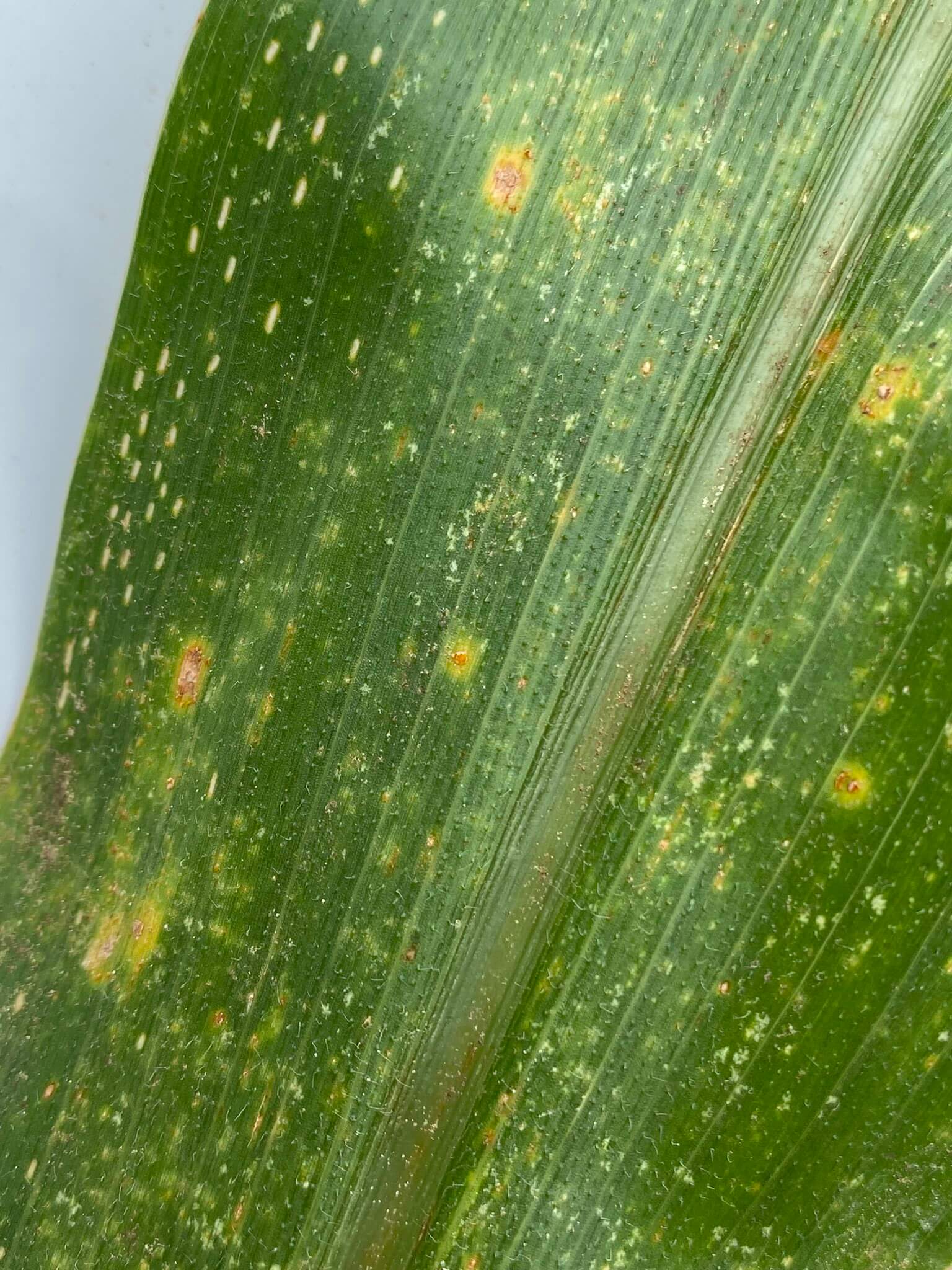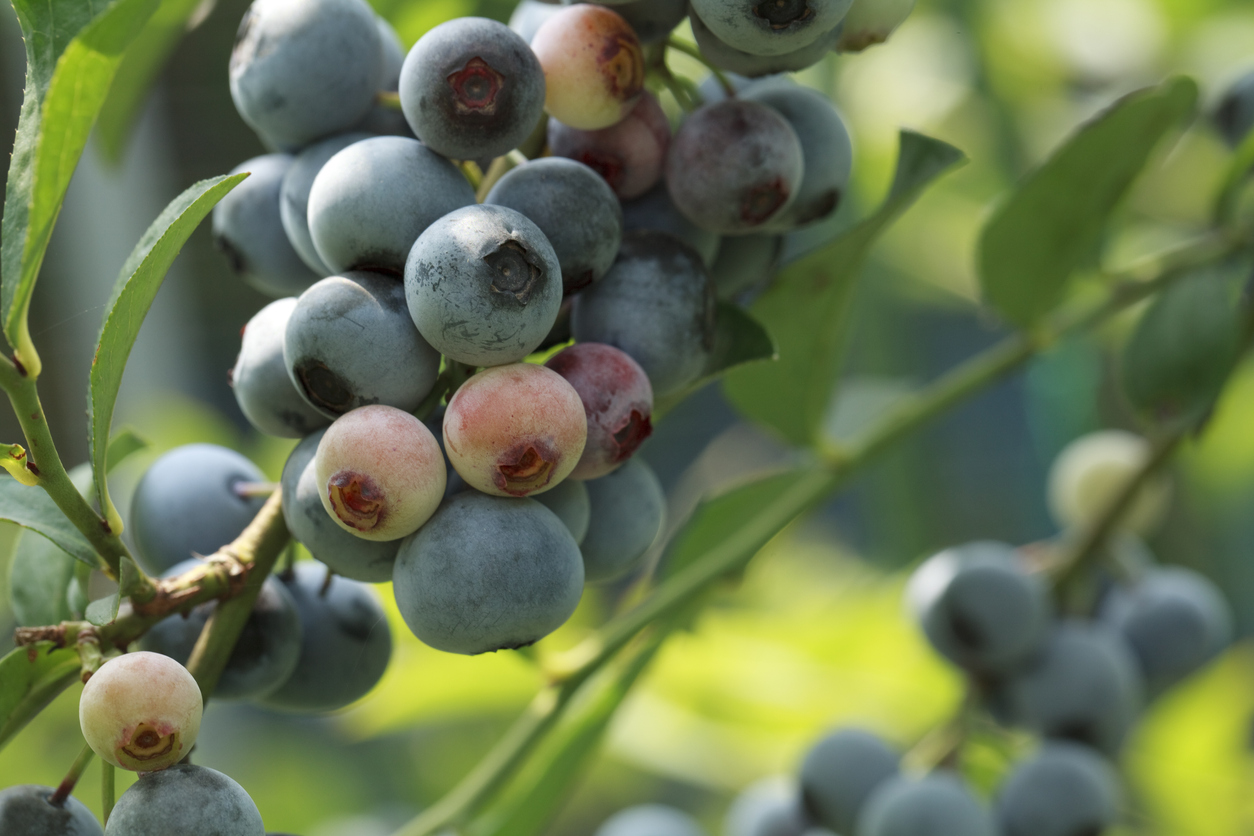Adult mole crickets spend winter underground. When temperatures warm, they emerge, feed and mate. Their flights begin in March and continue through June when their numbers and damage in an area can increase quickly.
Females lay 40 eggs per clutch and a single female may lay as many as 12 clutches. The eggs hatch into nymphs that look like small adults without wings. Nymphs grow throughout the summer, becoming adults in fall.
Eating and burrowing
Adult mole crickets can do considerable damage to lawns in the spring, but the most serious injury usually occurs between August and October. This is when the mole crickets are large and active. Some feed on turfgrass while others tunnel underneath it, damaging roots and causing grass to dry out.
To determine if you need to treat your lawn, sample your site. You can do this by using a detergent-water solution. Dissolve 2 tablespoons of liquid dishwashing detergent in 2 gallons of water and pour over an area of 4 square feet. Watch the area for five minutes and count the mole crickets as they emerge. Repeat this in several different locations in your lawn. If an average of 2 or more mole crickets is flushed per site, a treatment should be made.
Treat at night or late in the day
Regardless of the pesticide or time of application, steps should be taken to maximize control. Remember, heat and sunlight affect all pesticides, and mole crickets are most active at night. Apply the insecticide as late in the day as possible. Unless the label instructs otherwise, irrigate the area thoroughly after application to move the material from the foliage down to the soil surface.
If irrigation is available, the mole crickets themselves can be manipulated to improve control. Allow the soil to dry out for several days and then irrigate thoroughly in the evening. Apply the insecticide the next afternoon. Mole crickets are sensitive to soil moisture and will move down in the ground to find comfortable conditions if the upper soil surface is dry. Irrigation will bring them back up to resume feeding the following night, making control much easier.
Wait for eggs to hatch
Timing is important, too. The nymph population increases throughout June and almost all eggs that are going to hatch will have done so by July. Delaying insecticidal application until late June ensures that all of the eggs have hatched. Small nymphs spend more time at or near the surface than larger nymphs do and are relatively easy to kill.
Late June is the ideal time to treat for mole crickets. As summer goes on and the crickets grow, they become harder to kill. By late August or early September, control may be difficult to achieve, and a treatment with a bait formulation should be used. Be Always read and follow label recommendations closely.




.png)


